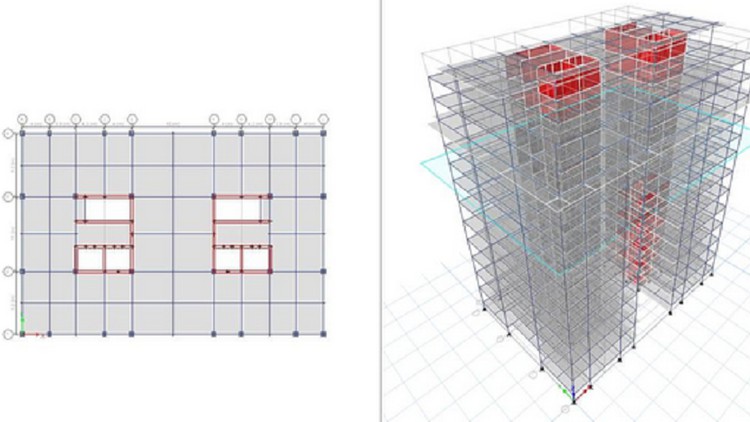Beginners ETABS for Civil Engineers with Practical Approach – Free Udemy Courses
Basic Course to Understand the ETABS & Basic of Structural Engineering
What you’ll learn
Beginners ETABS for Civil Engineers with Practical Approach – Free Udemy Courses
- ETABS
- STRUCTURAL DETAILING
Requirements
-
NO
Description
ETABS-Extended 3D analysis of Building Systems”, is a product of Computers and Structures Inc. It is an engineering software that is used in construction. It has highly efficient structure analysis and design programs developed for catering to multi-story building systems. It is loaded with an integrated system consisting of modeling tools and templates, code-based load prescriptions, analysis methods, and solution techniques. It can handle the largest and most complex building models and associated configurations. ETABS software is embedded with CAD-like drawing tools with an object-based interface and grid representation.
- ETABS software has the following implications in the construction, designing, and modeling industry:
- It is software used in construction. It analyses and assesses seismic performance and checks the load-bearing capacity of building structures.
- Using this software, you can view and manipulate the analytical model with great accuracy. Plans and elevation views are auto-generated at every grid line.
- ETABS software is used for the analysis of concrete shear walls and concrete moment frames. It is highly acclaimed for static and dynamic analysis of multi-story frame and shear wall buildings.
- It is the most popular civil designing tool used in the building industry and increases the productivity of structural engineers. It also prevents the investment of unnecessary time and money in general-purpose programs.
- The input, output, and numerical solution techniques of ETABS are particularly designed to take the upper hand of the unique physical and numerical characteristics associated with building-type structures. As a result, this analysis and design tool accelerates data preparation, output interpretation, and overall execution.
Who this course is for:
- STRUCTURAL ENGINEERS
- CIVIL ENGINEERS










